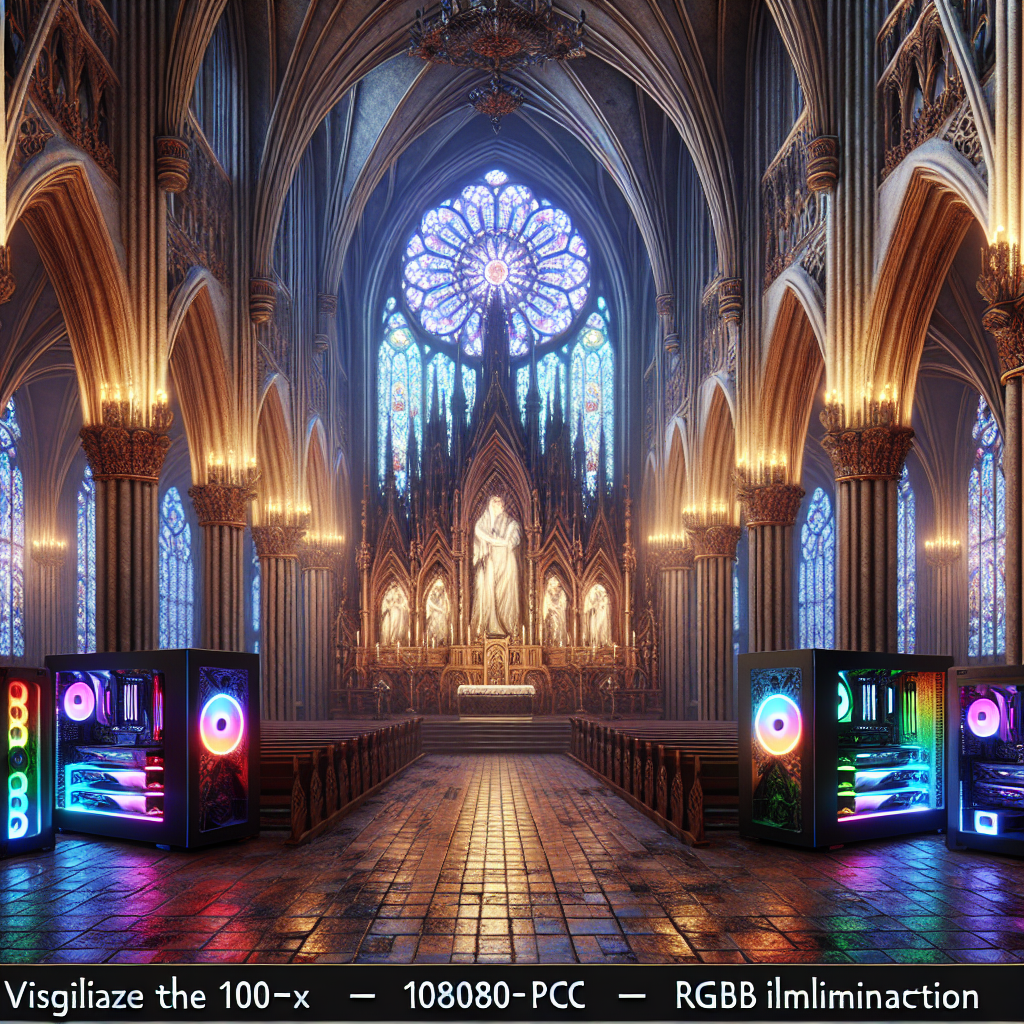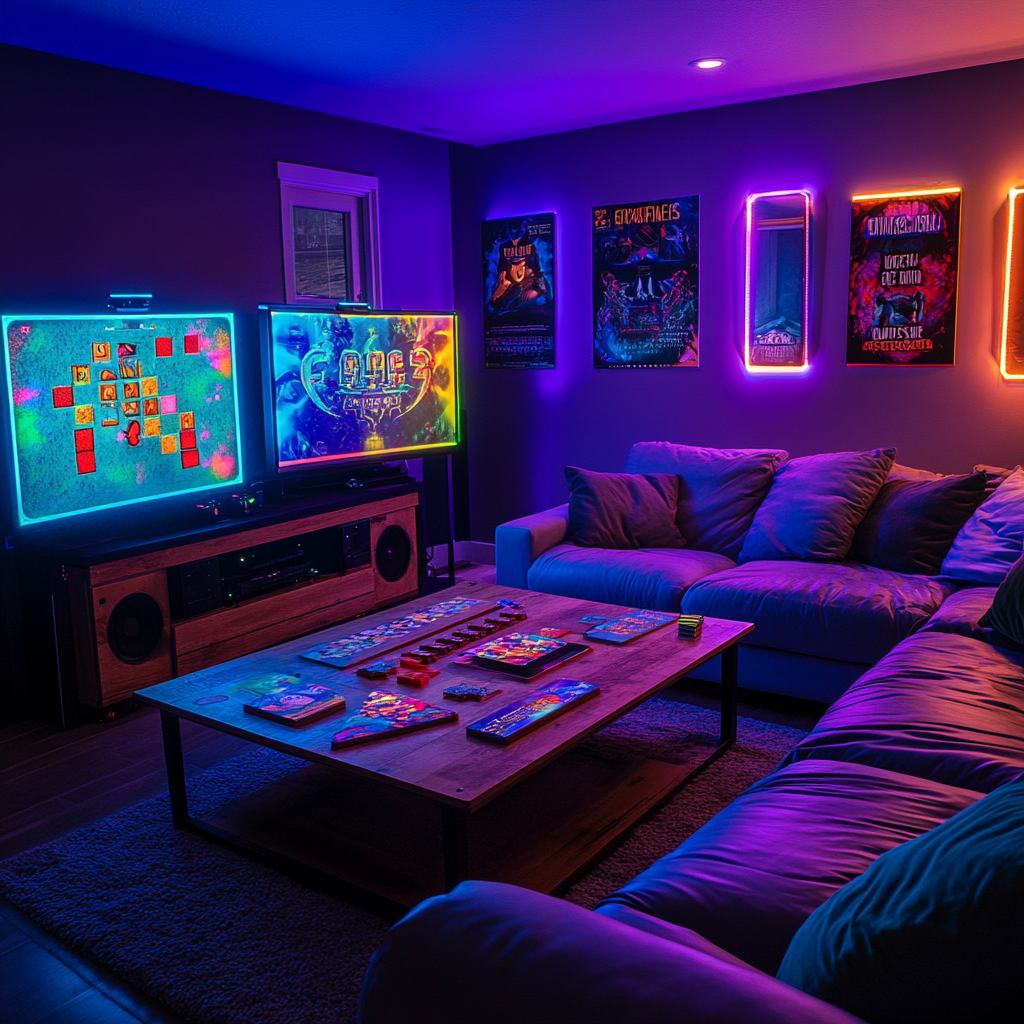The Evolution and Success of Video Game Film Adaptations: A 2025 Perspective
The landscape of video game film adaptations has undergone a transformative evolution, with recent releases achieving unprecedented critical and commercial success. This report synthesizes the latest data, trends, and cultural shifts shaping the genre, focusing on the top-performing films as of early 2025.
The Rise of Video Game Cinema
Defining the Modern Adaptation Era
Video game adaptations have historically struggled to balance fidelity to source material with cinematic storytelling. However, advancements in CGI, coupled with stronger creative partnerships between studios and game developers, have revitalized the genre. The success of The Super Mario Bros. Movie (2023), which grossed $1.36 billion worldwide, marked a turning point, proving that faithful yet innovative adaptations could resonate with both fans and general audiences.
Recent entries like Sonic the Hedgehog 3 (2024) have further solidified this trend. Grossing $491.1 million globally, the film introduced Keanu Reeves as Shadow the Hedgehog and became the second video game movie to surpass $200 million domestically. Its blend of slapstick humor, character-driven narratives, and reverence for Sega’s franchise lore exemplifies the modern blueprint for success.
Critical and Commercial Benchmarks
As of March 2025, the top 10 highest-grossing video game films include:
- The Super Mario Bros. Movie ($1.36 billion)
- Sonic the Hedgehog 3 ($491.1 million)
- Pokémon: Detective Pikachu ($450.1 million)
- Warcraft ($439.0 million)
- Rampage ($428.0 million)
These films span genres from animated family comedies to epic fantasy, reflecting the diversification of the genre. Critically, Sonic the Hedgehog 3 earned an 88% Rotten Tomatoes score, praised for its balance of nostalgia and fresh storytelling, while Detective Pikachu (2019) remains a benchmark for integrating CGI characters into live-action settings.
Genre Innovation and Audience Engagement
Bridging Gaming and Cinematic Narratives
Modern adaptations increasingly prioritize interactive storytelling techniques. For example, Five Nights at Freddy’s (2023) translated the game’s suspenseful gameplay into a horror film that grossed $297.1 million despite mixed reviews. Its upcoming sequel, Five Nights at Freddy’s 2 (2025), aims to expand the lore with new characters and settings, illustrating the franchise’s iterative approach.
Similarly, the Resident Evil series remains a staple, with Resident Evil: The Final Chapter (2017) grossing $312.3 million and later entries exploring prequel storylines. These films leverage the games’ survival horror mechanics, using tight pacing and claustrophobic set designs to immerse audiences.
The Role of Star Power and Direction
Casting choices have become pivotal in elevating adaptations. Keanu Reeves’ portrayal of Shadow in Sonic the Hedgehog 3 brought gravitas to the antihero, while Ryan Reynolds’ voice performance in Detective Pikachu infused humor and heart. Upcoming projects like Ghost of Tsushima (directed by Chad Stahelski) and God of War aim to blend A-list talent with visionary direction, suggesting a shift toward prestige filmmaking.
Challenges and Future Directions
Navigating Fandom Expectations
Despite successes, adaptations face scrutiny over creative liberties. The Mortal Kombat reboot (2021) divided fans by altering character backstories, though its $84.4 million gross highlighted enduring appeal. Conversely, Uncharted (2022) faced criticism for deviating from Nathan Drake’s origins but still earned $407.1 million, underscoring the balance between innovation and fidelity.
Emerging Trends and Upcoming Releases
The 2025 pipeline includes highly anticipated adaptations like The Last of Us (season 2) and Fallout, which aim to expand television’s role in the genre. Animated projects, such as the Minecraft movie starring Jason Momoa and Jack Black, target younger demographics while integrating sandbox creativity into narrative structures.
Conclusion
The video game adaptation genre has matured into a cornerstone of modern cinema, driven by technological advancements, strategic creative choices, and deepening collaborations with gaming studios. As franchises like Sonic and Mario set new benchmarks, the industry is poised to explore uncharted narratives, blending interactivity with cinematic artistry. Future success will hinge on respecting source material while embracing innovative storytelling, ensuring that both gamers and moviegoers remain enthralled.


![Citi: “Intel Foundry Has Proven Over [The] Years It Cannot Compete With TSMC, And Forcing A Company To Use Vastly Inferior Manufacturing Would Destroy Shareholder Value”](http://groovycomputers.ca/cdn/shop/articles/550bfc92f2f1d527990fb7a0f6f7c4c1.png?v=1743886891&width=1024)

Leave a comment
This site is protected by hCaptcha and the hCaptcha Privacy Policy and Terms of Service apply.